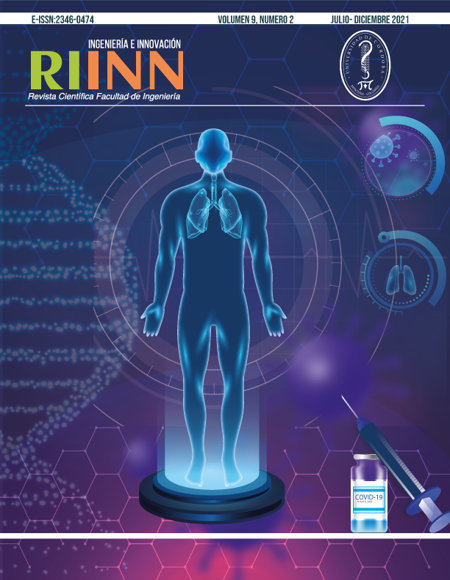ANÁLISIS DE LOS EFECTOS QUE PRODUCE LA PRESENCIA DEL CADMIO EN EL CULTIVO DE CACAO (theobroma cacao)
ANÁLISIS DE LOS EFECTOS QUE PRODUCE LA PRESENCIA DEL CADMIO EN EL CULTIVO DE CACAO (theobroma cacao)
Show authors biography
This research refers to a study of the different investigations related to the presence of cadmium in cocoa crops (theobroma cacao), developed in Ecuador. (Bruce A., 2009), points out that cadmium (Cd) is a heavy metal existing in the environment (soil, air and water) that can be present in various foods consumed by man, accumulating in the body throughout the life, being able to reach toxic levels. That is why its intake at high levels is considered a health risk. The cadmium present in the soil may be of geogenic origin, resulting from the soil formation process and the composition of the bedrock; or of anthropic origin due to incorporation into the soil (voluntary or involuntary) as part of human activity (Romero, 2008). According to the (World Health Organization WHO, 2020) the harmful effect that cadmium causes in humans is in the kidneys and in the bone and respiratory systems; in addition, it is classified as a human carcinogen. Methods used in research is inductive, deductive, analytical and logical. The secondary source allowed the compilation of scientific articles by different authors. According to studies carried out, some attribute the presence of cadmium in cocoa beans to the use of water contaminated by illegal mining activities. The accumulation of heavy metals in agricultural soils is a risk and its negative effects depend on the concentration of the metal and the specific properties of the soil. It is said that agricultural soil is polluted when its total concentration exceeds 1.4 mg / kg of total Cd according to the Environmental Quality Standards, depending on the different studies carried out, analysis topics of this research have shown that all agricultural areas do not cadmium is found in crops and other traces of cadmium in agricultural products are being investigated,
Article visits 1186 | PDF visits
Downloads
[1]. Bruce A. (2009). Monitoring of human populations for early markers of cadmium toxicity: A review, In New Insights into the Mechanisms of Cadmium ToxicityAdvances in Cadmium Research, Toxicology and Applied Pharmacology.238(3):294-300 Language: English. DO.
[2]. Bruce A. Fowler. (n.d.).
[3]. Cadmium and cadmium compounds IARC. (1993). Monogr Eval Carcinog Risks Hum. ,, 58, 511–237 PMID:8022055. From
[4]. http://monographs.iarc.fr/ENG/Monographs/vol100C/mono100C-8.pdf
[5]. Camacho y Alvarado. (2013). Aprendiendo e innovando acerca de la cosecha, fermentacion y secado del cacao. Recuperado el 21 de Febrero de 2017. From http://www.ruta.org/CDOCDeployment/documentos/19_Guia_8_Beneficiado.pdf
[6]. COTAM. (2009). Comision Tecnica de la Cadena Alimentearia de la EFSA. Recuperado el 15 de Julio de 2016, de Dictamen cientifico sobre la ingesta de Cadmio:. From www.efsa.europa.eu/efsajournal.
[7]. Enriquez. (2014). Cacao Organico, guia para productores. Quito.
[8]. European Food Safety Authority, EFSA. (2009). Cadmium in Food. Scientific Opinion of the Panel on Contaminants in the Food Chain . The EFSA Journal(980), 1–139. From http://www.efsa.europa.eu/en/scdocs/doc/980.pdf
[9]. Gallego, Pena et al. (2012). Unravelling cadmium toxicity and tolerance in plants: Insight into regulatory mech. Unravelling cadmium toxicity and tolerance in plants: Insight into regulatory mechanisms. In Environmental and Experimental Botany. November 2012 83:33-46 Language: Englis.
[10]. https://www.normalizacion.gob.ec. (2020, 09 25). From https://www.normalizacion.gob.ec/material-de-referencia-de-cadmio




